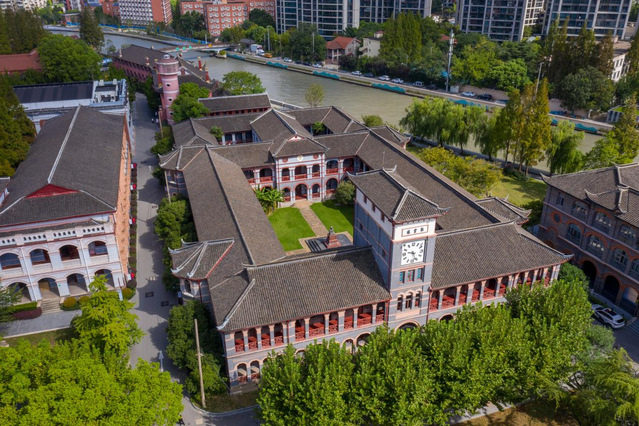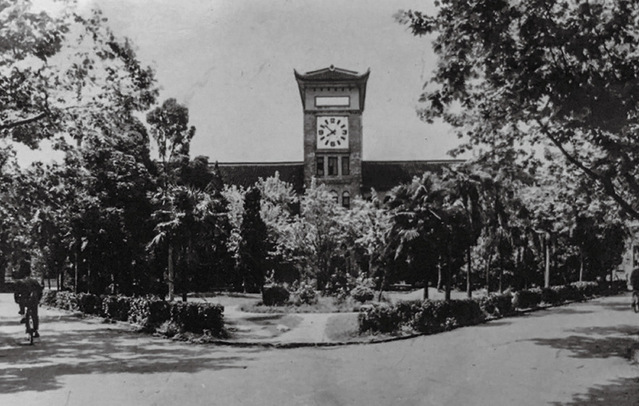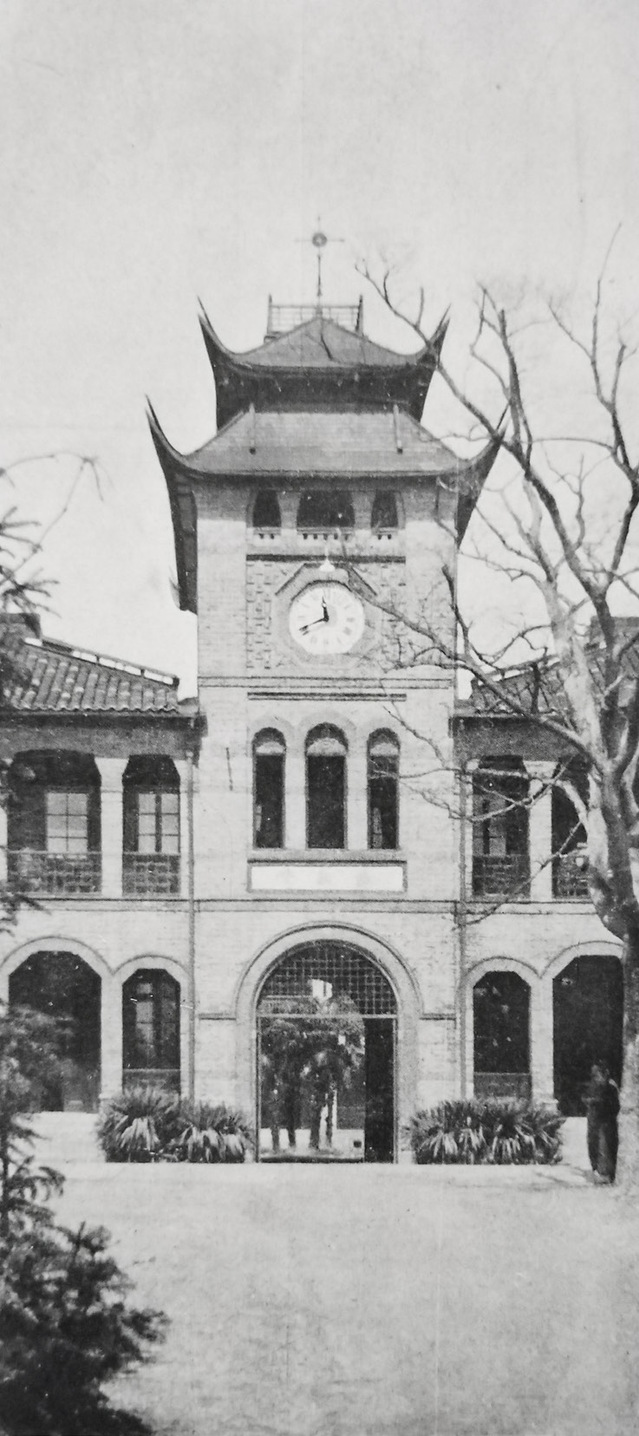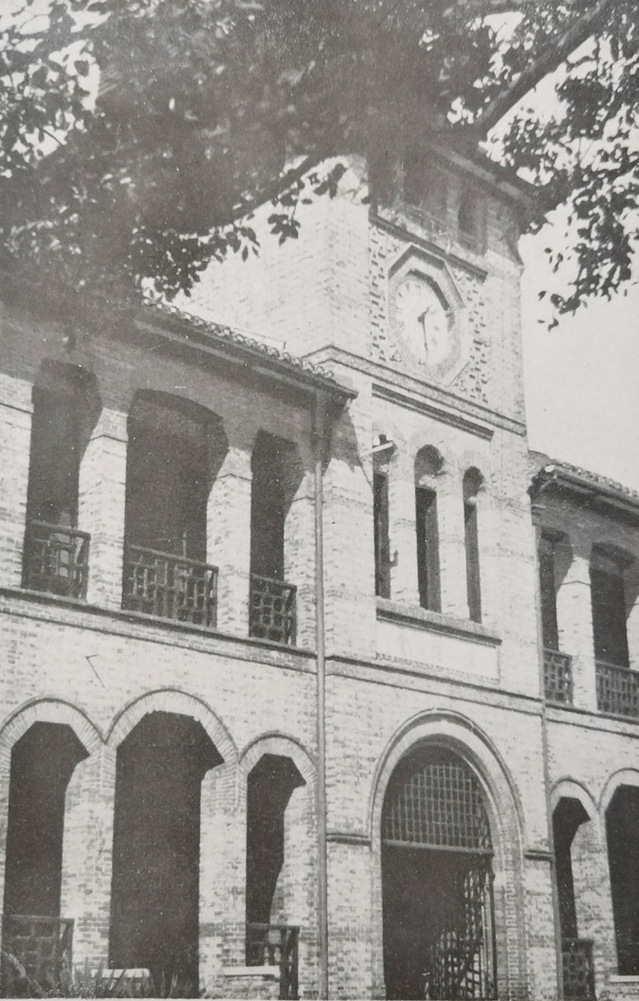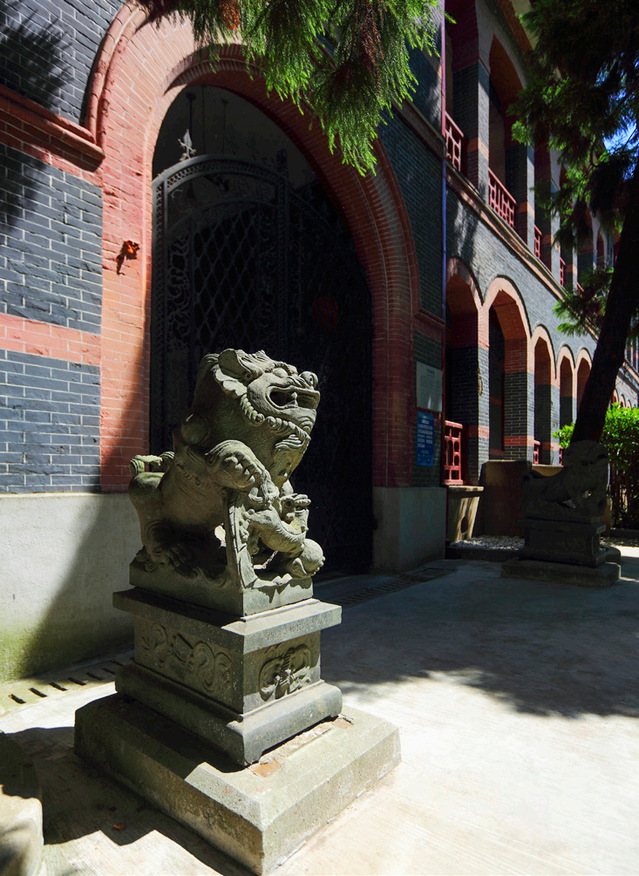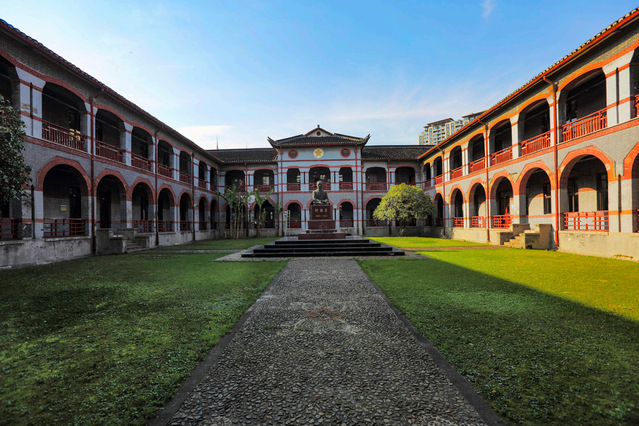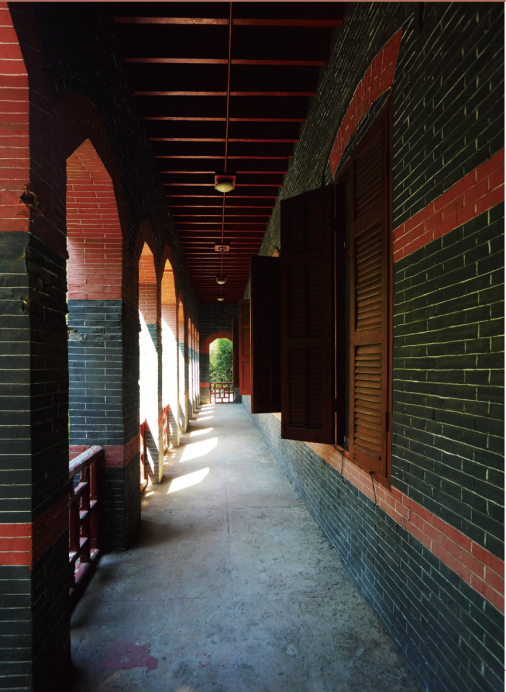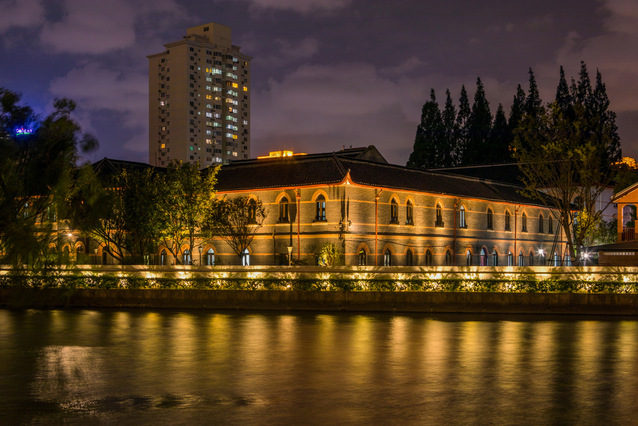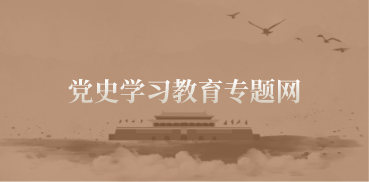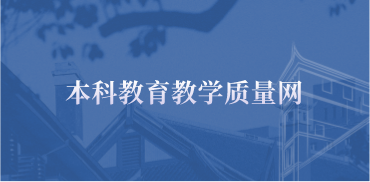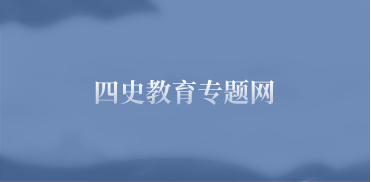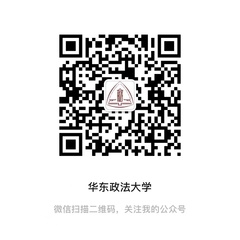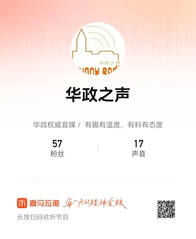原名怀施堂,为纪念圣约翰大学创始人施约瑟而造。1951年,为纪念中国新闻出版业杰出代表、圣约翰大学毕业生邹韬奋,改名为韬奋楼。
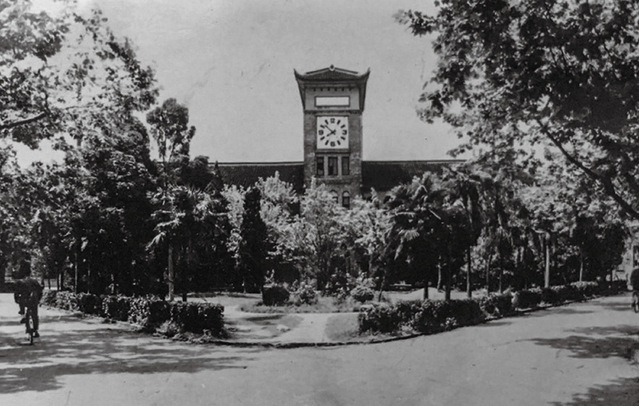
韬奋楼原名怀施堂,为纪念圣约翰大学创始人施约瑟而造,1894年奠基,1895年落成。
Formerly known as “the Schereschewsky Hall”, the Taofen Building was built to honor Samuel Isaac Joseph Schereschewsky, the founder of St. John’s University. The foundation stone was laid in 1894 and completed in 1895.
建筑为两层砖木结构,墙面以青砖为主,局部以红砖构饰线条,西式拱券外廊,歇山屋顶盖以中式蝴蝶瓦,屋角有上翘的“戗脊”,线条极为优美,充分体现了西方对中国建筑的理解。建筑内部结构保持着四合院的特点,宽敞的走廊搭配半壁大窗,充分满足现代教学的需要。
It is a two-storey building with a brick-and-timber structure, with walls dominated by green bricks. In certain parts, the lines are decorated with red bricks. With a western-style verandah arch, a gable and hip roof covered by grey tiles in butterfly shape and spectacular upturned “ridges” on each corner of the roof, the building fully reflects the understanding of the west to Chinese architecture. The inside of the building maintains the features of traditional quadrangles, such as spacious corridors with large windows, which render ideal conditions for modern teaching.
怀施堂中央为三层钟楼,在顶部安置大钟。大钟是由美国马萨诸塞州波士顿E.爱德华联合公司铸造。1895年12月钟楼落成时,顶部大钟成为上海地区第一座大时钟,不仅满足了圣约翰大学师生的需要,也方便了周围居民。
There is a three-storey bell tower in the center of the Schereschewsky Hall, with a huge clock on top. The bell was cast by the E. Edward Associates of Boston, Massachusetts, USA. Since the bell tower was inaugurated in December 1895, it had become the first large clock in Shanghai, not only meeting the needs of the faculty and students of St. John University, but also facilitating the residents nearby.
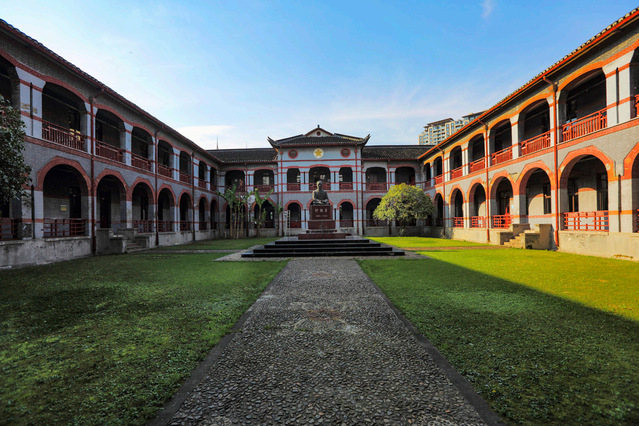
新中国成立后,1951年3月,为纪念圣约翰大学毕业生邹韬奋,怀施堂改名韬奋楼。邹韬奋是中国新闻出版史上最杰出的人物之一,著名的政论家和出版家。1921年毕业于圣约翰大学。1931年九一八事变后,邹韬奋在上海全身心投入抗日救亡运动,先后主编《抗战》《全民抗战》等刊物。1936年5月,他积极响应中国共产党建立抗日民族统一战线的号召,与沈钧儒等在上海发起成立了全国各界救国联合会。1944年7月在上海病逝后,9月被中共中央追认为中共党员,毛泽东、周恩来分别亲题挽词。1949年7月,毛泽东为邹韬奋逝世五周年纪念题词:“纪念民主战士邹韬奋”。1995年11月,为纪念邹韬奋百年诞辰,邹韬奋半身铜像揭幕典礼在韬奋楼中央空地上举行。
After the founding of the People’s Republic of China, in order to commemorate Zou Taofen (or Zou Enrun), one of the graduates from St. John’s University, Schereschewsky Hall was renamed the Taofen Building in March, 1951. Zou Taofen was one of the most prominent figures in the history of journalism and publishing in China and a well-known political commentator and publisher. He graduated from St. John’s University in 1921. After the outbreak of the September 18th Incident in 1931, he devoted himself to the Movement of Resistance Against Japan and Saving the Nation from Extinction in Shanghai, and edited such publications as War of Resistance Against Japan and National War of Resistance Against Japan successively. In May 1936, he responded positively to the call of the Communist Party of China to establish the Anti-Japanese National United Front, and initiated the establishment of the All-China Federation of National Salvation in Shanghai with Shen Junru and others. After his death in July, 1944 in Shanghai, he was posthumously recognized as a member of the Communist Party by the Central Committee of the Communist Party of China in September, and Mao Zedong, Zhou Enlai, and Zhu De wrote elegies for him respectively. In July 1949, Mao Zedong wrote an elegy that read “In memory of Zou Taofen, a fighter for democracy” on the fifth anniversary of the death of Zou Taofen. In November, 1995, to commemorate the 100th birthday of Zou Taofen, the unveiling ceremony of the bronze bust of Zou Taofen was held in the central courtyard of the Taofen Building.
